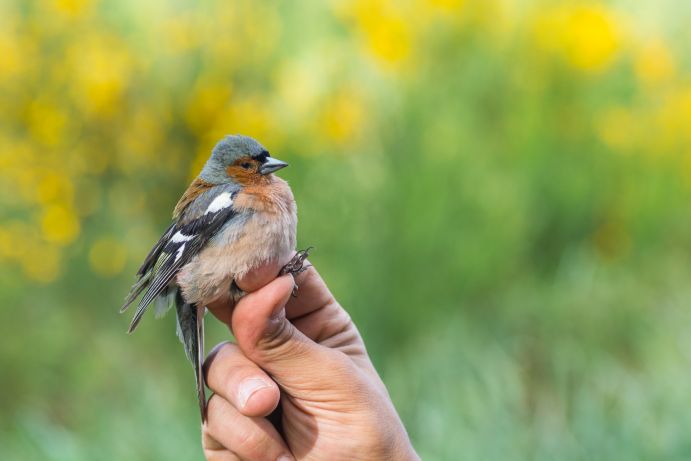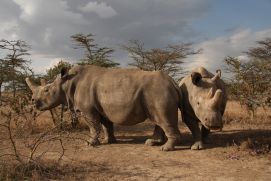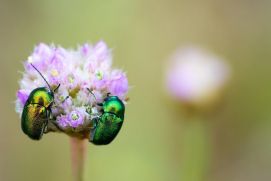Action 10: Expanding development of biodiversity monitoring in Germany
We want to use innovative methods and technologies to record biodiversity comprehensively and automatically in order to better understand and counteract the decline in biodiversity.
Where do we stand?
In order to actively counter the decline in biodiversity, it is necessary to record biodiversity and its changes to gain a fundamental understanding of ecosystems and the ways they interact – in keeping with the motto: observe to understand! To date, biodiversity in Germany has been monitored in many areas in a decentralised manner, i.e. not across the whole country and fragmented over time. In addition, in many cases only selected species are recorded and data are usually not interlinked. Biodiversity monitoring by specialised authorities, civil society organisations and citizen scientists with excellent knowledge of the correct classification of species is being carried out with great commitment and, for some species (birds, butterflies), already with great success. The challenge for the future is that many volunteer experts are already at an advanced age and that there is a lack of younger species experts.
What are the research needs?
Research requires methodological and technological innovations that enable continuous and standardised monitoring of biodiversity and rapid analysis of biodiversity changes and their drivers, complementing current practices. The aim is to analyse the status quo and trends in biological diversity, ecosystem stress limits and interdependencies with social drivers within short periods of time and to develop appropriate early warning systems. Standardised, continuous and effective monitoring of the broadest possible spectrum of species, populations and ecosystems as well as drivers of biodiversity change is based on a wide range of optical, acoustic, biochemical and genetic observation data. An example of an efficient method is metabarcoding. In this process, species from mixed samples are quickly and cost-effectively identified and recorded on the basis of their DNA sequence. The basis for this method is formed by DNA sequences that are already available for around 20,000 of the 48,000 animal, plant and fungal species known from Germany. In addition, new forms of (digital) cooperation with citizens must be tested and expanded in order to further strengthen civil society’s biodiversity monitoring. The aim is to further develop and establish such methods.
Implementation steps and milestones
- We will use new multi-sensor technologies to promote the implementation of ‘weather stations’ for nationwide standardised monitoring to record biodiversity. By 2025, we will provide ready-to-use prototypes for automated acoustic, optical and biochemical detection of a wide range of species.
- By the year 2025, we will increase the number of species recorded in the GBOL reference library (GBOL: German Barcode of Life) by more than 1,000 insect species (so-called dark taxa), in particular those that have been insufficiently documented to date.
- By 2025, we will make available integrated systems or IT infrastructures for data acquisition, data storage, data management, data harmonisation and data evaluation.
- In 2021, we will set up a funding priority on marine biodiversity which, in addition to recording biodiversity, will also address research-driven measures to protect marine biodiversity.
- We support citizen science to enable interested citizens to participate in research projects. Wherever methodologically possible, interested volunteers can thus make their own contribution to German sustainability research and help to answer key social questions.
Last updated on









